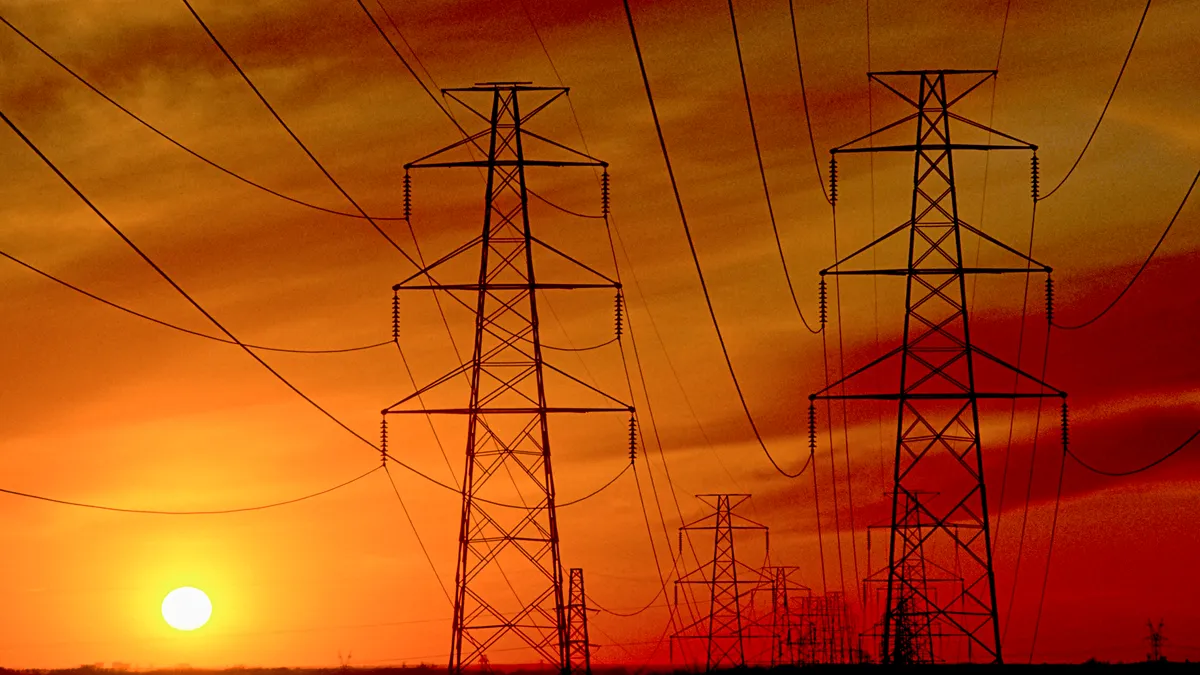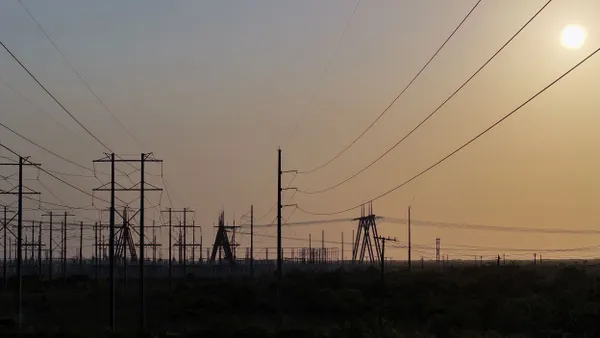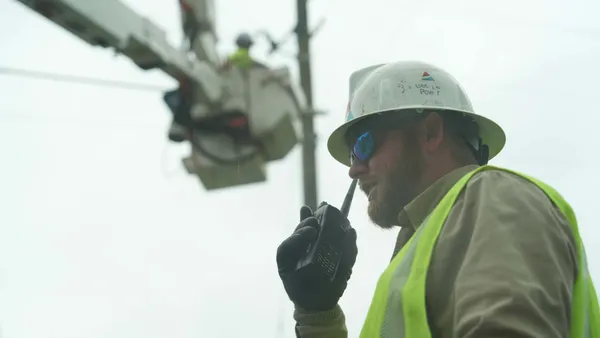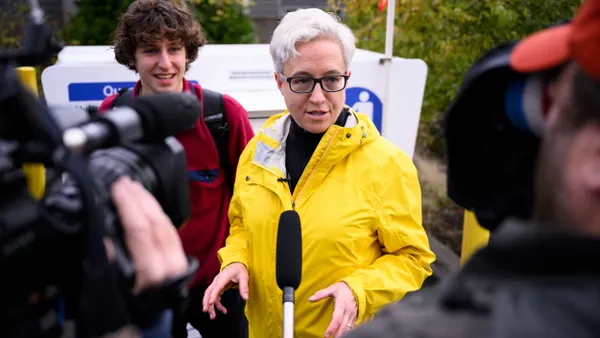Admiral Michelle J. Howard (Ret.) is former Commander, U.S. Naval Forces Europe and U.S. Naval Forces Africa. She sits on the Energy Security Leadership Council of SAFE.
Two winters ago, a deadly storm crippled Texas. The ice storm hammered the electric grid, leaving hundreds of thousands of citizens without power, freezing in the cold. In their final report, the Texas Department of Health and Human Services put the death toll at 246. About two-thirds of the deaths were due to hypothermia. American citizens died because they didn’t have power. The deaths are tragic, all the more so because the event was predictable.
The nation’s grid consists of a complex network of transmission lines that power our daily lives and underpins every aspect of society, from businesses to military activities and emergency services. Many of these lines were constructed in the 1950s and 1960s, and have reached or exceeded their lifespan. The demand on the aging grid is expected to grow rapidly in the coming years. The onshoring of manufacturing, the electrification of buildings and transportation, and emerging technology advancements will increase strain on the grid.
Without expanded, reliable transmission, the collection of demands spells trouble for the security of the United States’ electricity system.
Our grid is similar to the interstate highway system, but instead of moving goods and people long distances, it transfers electricity from where it is generated to where it is consumed. President Eisenhower made a historic investment in the interstate highway system seven decades ago, which delivered significant economic benefits and enhanced national security. Today, we need a similar system upgrade for the power grid to meet the growing challenges and provide reliable energy across our country.
Weather is not the only antagonist that threatens the grid. The number of direct physical attacks that could threaten grid reliability rose 77% in 2022 from the previous year, according to a recent report from the U.S. Department of Energy. In 2022, a sabotage on four substations in Washington on Christmas day left more than 14,000 customers without power and caused more than $3 million in damages. The same month, two North Carolina substations were hit with gunfire, knocking out electricity to approximately 45,000 Duke Energy customers. In May 2021, a ransomware attack on the Colonial Pipeline, which carries 45% of the East Coast’s fuel supplies, forced a temporary shutdown of operations. These were acts of criminal groups. Imagine the devastating consequences if a foreign adversary looking to cripple our infrastructure was able to infiltrate our grid system.
Reliable access to energy is also essential for U.S. military bases and emergency services to remain fully operational at all times. However, with extreme weather events becoming more frequent and severe, the heightened consumer demand on the system, and a growing number of physical and cybersecurity threats, reliability is increasingly at risk. Expanded transmission would enable regions to connect to geographically diverse, low-cost energy resources that bolster reliability. Furthermore, transmission improves regions’ access to energy from elsewhere in the country when their own systems experience security threats or outages.
There are a number of actions that the federal and state governments and regulatory authorities can take to ensure our grid’s security and keep Americans safe.
To start, federal and state penalties for physical attacks on grid infrastructure should be tightened. Transmission plays a critical role in national security, health and safety, and the economy. Penalties should be appropriately significant.
We must also ensure that the U.S. transmission network is sufficiently robust. Our government should remove some of the roadblocks facing the modernization of our nation’s grid. The Federal Energy Regulatory Commission should finalize a strong regional transmission planning and cost allocation rule, which has been under consideration since 2021.
Additionally, states should direct utilities to examine physical security as part of their integrated resource planning and certificate processes. They should consider the reliability benefits to their customers tied to regional connectivity when evaluating the public interest in transmission rate filings.
Maintaining the U.S. power grid is essential to fortifying our national security. Our infrastructure becomes increasingly vulnerable as cyber and physical threats to the electric grid evolve. Shifting geopolitical events and changes in technologies both add to our vulnerabilities. A recent report from FERC found that a coordinated “attack on the bulk power system or generation fuel sources, especially in conjunction with a severe cold weather event, could be especially impactful.” Like the Texas ice storm two years ago, this prediction could come true.
We know the steps that must be taken to modernize and secure our nation’s grid system. The outcome is predictable if we fail to modernize. It’s time to move forward. The safety and security of America depends on it.














